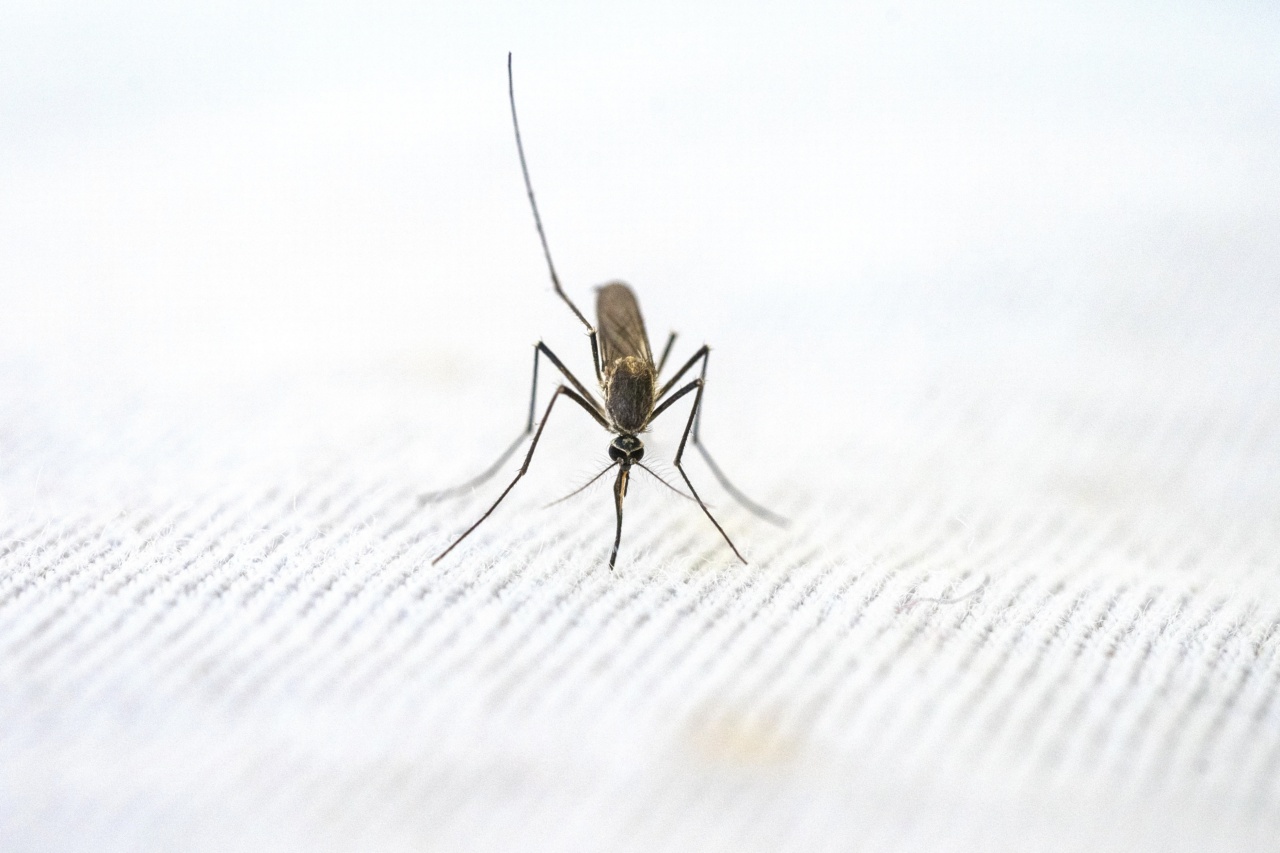Malaria, a life-threatening disease transmitted through the bite of infected mosquitoes, continues to plague several countries across the globe.
Every year, millions of people are affected by this debilitating illness, leading to significant morbidity and mortality. Traditional methods of controlling mosquito populations, such as insecticide use and bed nets, have shown limited effectiveness in combating the disease.
However, advancements in genetic engineering have given rise to a potentially game-changing solution – genetically modified (GM) mosquitoes.
What are GM mosquitoes?
GM mosquitoes are the product of genetic engineering techniques that involve altering the DNA of these insects to confer certain desired traits.
In the case of combating malaria, scientists have developed GM mosquitoes that possess a unique ability to resist the transmission of the disease.
Understanding the transmission of malaria
Before delving into the details of how GM mosquitoes can fight malaria, it is essential to comprehend the basics of the disease’s transmission.
Malaria is caused by parasites of the Plasmodium genus, which are injected into humans through the bites of infected female Anopheles mosquitoes. Once inside a human host, these parasites multiply within the liver and then invade red blood cells, resulting in the characteristic symptoms of malaria.
The role of mosquitoes in the disease cycle
Mosquitoes act as the primary vectors of malaria, as they play a vital role in transmitting the Plasmodium parasites from person to person.
Female mosquitoes require a blood meal to nourish their eggs, and in the process, they can pick up the parasites from an infected individual. Subsequently, when the infected mosquito bites another person, it transmits the parasites, potentially causing the disease.
Controlling mosquito populations
Efforts to control mosquito populations can significantly impact the spread of malaria. Insecticides are commonly used to kill mosquitoes, but prolonged exposure has led to the emergence of resistance in mosquito populations.
Additionally, bed nets treated with insecticides provide some protection against mosquito bites, but they are not foolproof solutions.
How do GM mosquitoes fight malaria?
The development of GM mosquitoes provides a novel approach to combat malaria transmission. These genetically modified insects are designed to possess unique traits that disrupt the disease cycle, thereby reducing the number of malaria cases.
Three primary strategies using GM mosquitoes have shown promising results in curbing the spread of malaria:.
1. Gene-drive technology
Gene-drive technology involves engineering mosquito genomes in a way that ensures the transmission of desired traits to future generations at an accelerated pace.
In the case of malaria, scientists have engineered mosquitoes resistant to the Plasmodium parasites using this technique. These GM mosquitoes not only reduce their own chances of becoming infected but also pass on the resistance trait to a high proportion of their offspring, rapidly spreading the resistant genes throughout the mosquito population.
Over time, this would lead to a significant reduction in the number of mosquitoes capable of transmitting malaria.
2. Sterile insect technique (SIT)
Sterile insect technique aims to control mosquito populations by introducing sterile male mosquitoes into the wild. These sterile male mosquitoes are produced in laboratories by exposing their pupae to radiation.
When released into the wild, they mate with wild female mosquitoes, resulting in infertile eggs that do not hatch. Over time, the population is reduced as the females waste their reproductive efforts on sterile mating partners.
GM mosquitoes can be utilized for this method, as genetically modified males can be bred and released with advantageous traits such as increased competitiveness, making the approach even more effective.
3. Insecticide-resistant GM mosquitoes
Mosquitoes resistant to commonly used insecticides can be genetically engineered and released into the wild. These GM mosquitoes have mutations in the genes that are targeted by insecticides, making them immune to the toxic effects.
By releasing them, it diminishes the efficiency of conventional insecticide-based control measures, thereby reducing the chances of surviving mosquitoes transmitting malaria to humans.
Challenges and concerns
While GM mosquitoes hold immense potential in fighting malaria, their deployment is not without challenges and concerns. Some of the main issues include:.
1. Regulatory approvals and public acceptance
The release of GM mosquitoes into the environment requires extensive regulatory approvals to ensure their safety and effectiveness.
Moreover, gaining public acceptance can also be challenging, as genetic engineering is a controversial topic with varying public perceptions.
2. Potential ecological impact
Introducing genetically modified organisms into an ecosystem can have unexpected consequences.
It is crucial to thoroughly evaluate the potential ecological impact of these modified mosquitoes to prevent any adverse effects on the environment or non-target organisms.
3. Need for sustained release and monitoring
Mosquito populations are dynamic, and continuous releases of GM mosquitoes would be required to maintain their effectiveness.
Simultaneously, ongoing monitoring efforts are necessary to assess the long-term impact and efficacy of these genetically modified insects.
Conclusion
GM mosquitoes offer immense promise in the global fight against malaria. These genetically modified insects have the potential to disrupt the disease cycle and significantly reduce the transmission of malaria.
With advancements in genetic engineering, strategies such as gene-drive technology, sterile insect technique, and insecticide-resistant GM mosquitoes are poised to revolutionize malaria control efforts. However, careful regulation, thorough ecological assessments, and sustained monitoring are imperative to ensure their safe and effective implementation.
As further research and development continue, GM mosquitoes may provide a crucial tool in eliminating malaria from the face of the earth.































